QLED vs. OLED TVs: Who Wins?
OLED TVs deliver pristine image quality and amazingly wide viewing angles, but QLED sets deserve your attention because of their brilliant colors and sheer value.
When two closely related, similar-sounding acronyms are bandied about, confusion is bound to ensue. Hence, QLED and OLED are causing some consternation among shoppers, and among some online reports, about what the differences are and which technology is superior.
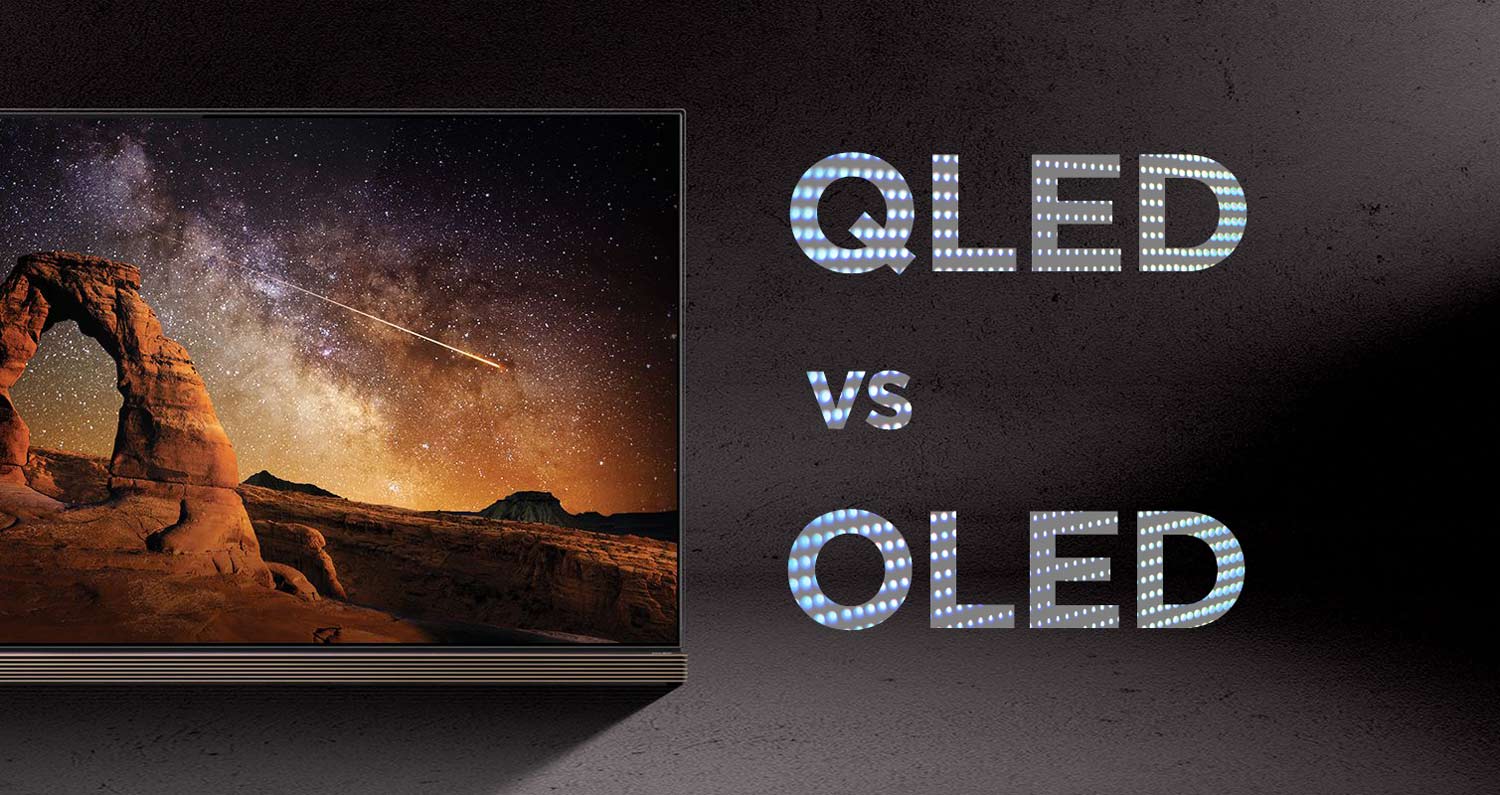
Since Samsung's QLED TVs came on the scene in 2015, the technology has improved and expanded to other brands, including several of the best TVs. The refinements of the last several years have made it harder to spot the difference in more premium TVs, narrowing the gap between expensive OLED sets and the sometimes more affordable QLED TVs on the market. And as more manufacturers offer quantum-dot-enhanced displays, the confusion between the two technologies will only continue.
We've tested the leading models, including the Samsung Q90 ($2,499) and LG C9 ($2,796), and cut away the jargon to set the record straight about QLED and OLED technology – and tell you which is better.
Who are the players?
QLED is an abbreviated form of "quantum-dot LED," and while the term is most closely associated with Samsung TVs – as seen on high-end LCD TVs like the Q90 – the technology (and QLED name) is by no means proprietary. Quantum-dot technology has been around since 2013, and many manufacturers are already using it on new 4K TVs, including Hisense, TCL and Vizio, in addition to Samsung.
Quantum-dot sets are essentially a modification or addendum to conventional LCD TVs, which represent the majority of TVs on the market.
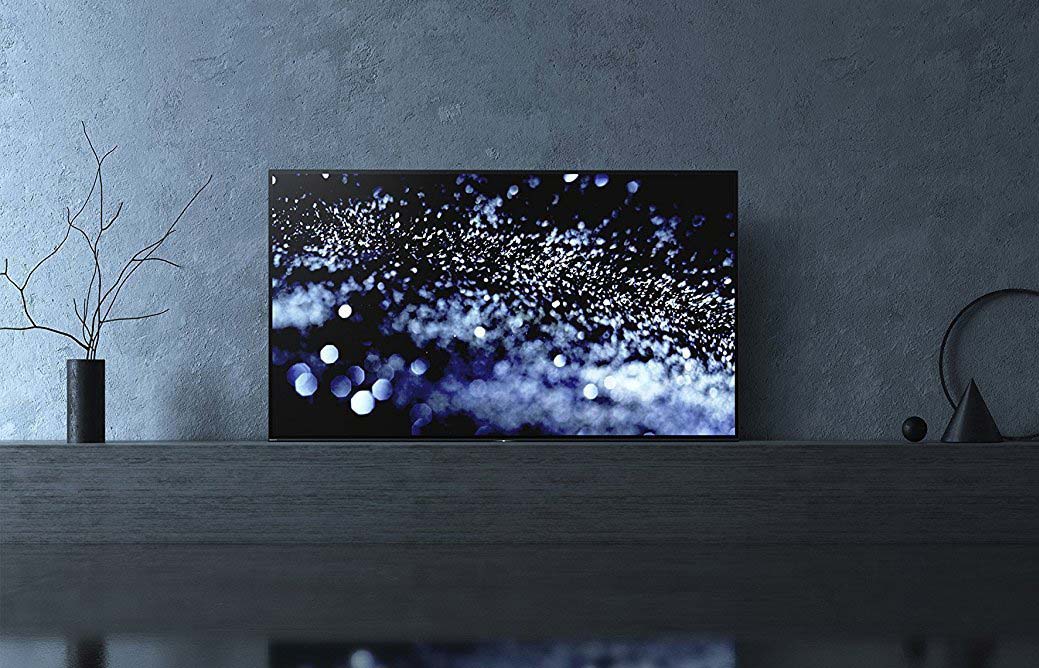
OLED stands for organic light-emitting diode, a very different way of creating a picture. The only company currently making large-panel OLEDs for TVs is LG, which offers a variety of OLEDs, including the LG C9 OLED (OLED65C9PUA). Other companies with OLED TVs, such as Philips, Panasonic and Sony – including the Master Series A9F – use LG's panels.
How do they work?
Quantum-dot, or QLED, sets use a conventional LCD (liquid-crystal display) to which they add another layer of quantum dots of a particular size, which in turn dictates the color those dots emit when hit by light from behind. By adding the extra quantum layer, extra colors (i.e., a wider color gamut) can be displayed.
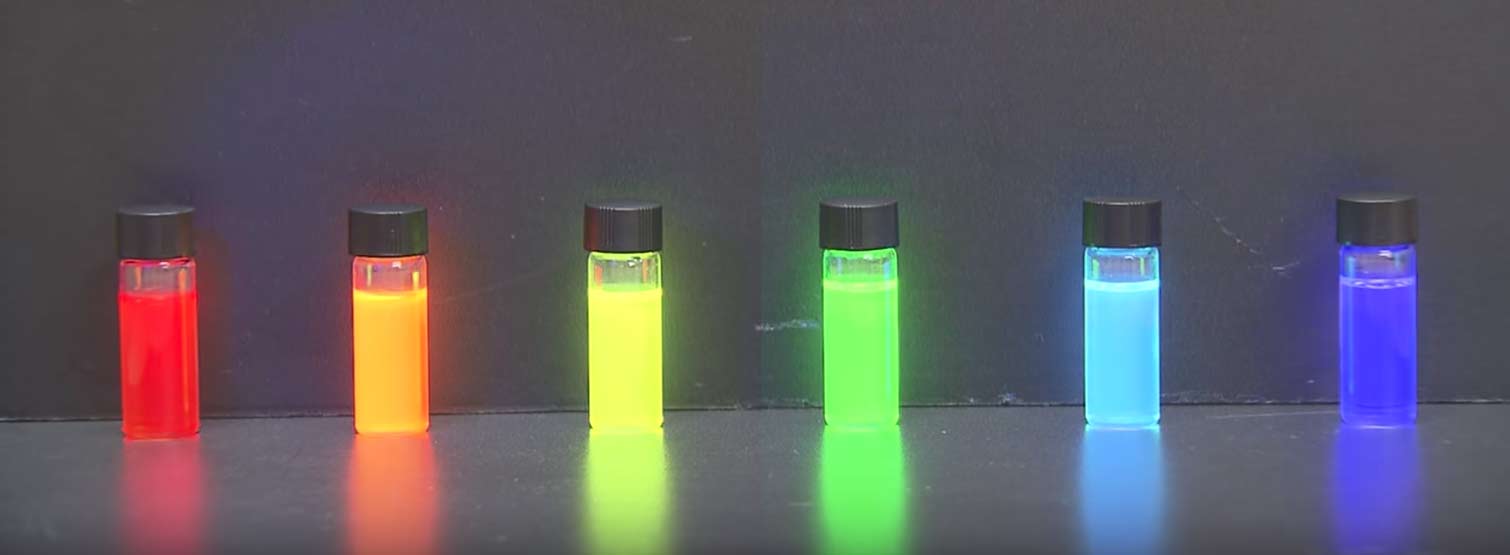
However, quantum-dot LCDs still require a separate backlight to illuminate the display. That light is created by LEDs behind the panel or along its edge, hence the "LED" part of Samsung's acronym. While there are a handful of TVs on the market that use LEDs for display and color, namely Samsung's MicroLED sets, they are far from mainstream, and LED TVs (for the moment) almost exclusively refer to LCD sets with LED backlighting.
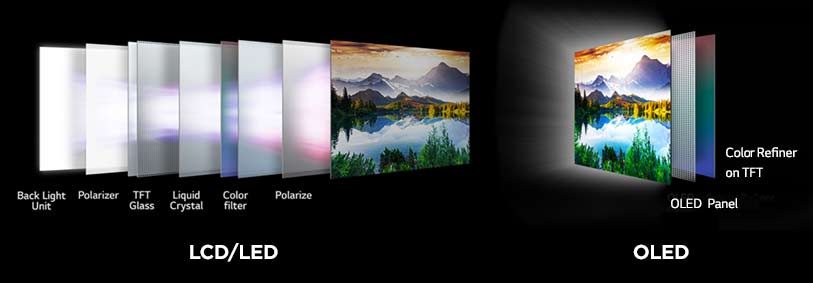
- LG CX OLED vs. Samsung Q90T QLED: Which should you buy?
OLED, or organic light-emitting diode, represents a completely different kind of display. No backlight is required because the organic pixels emit their own light when activated. So each pixel can be completely turned on or off separately.
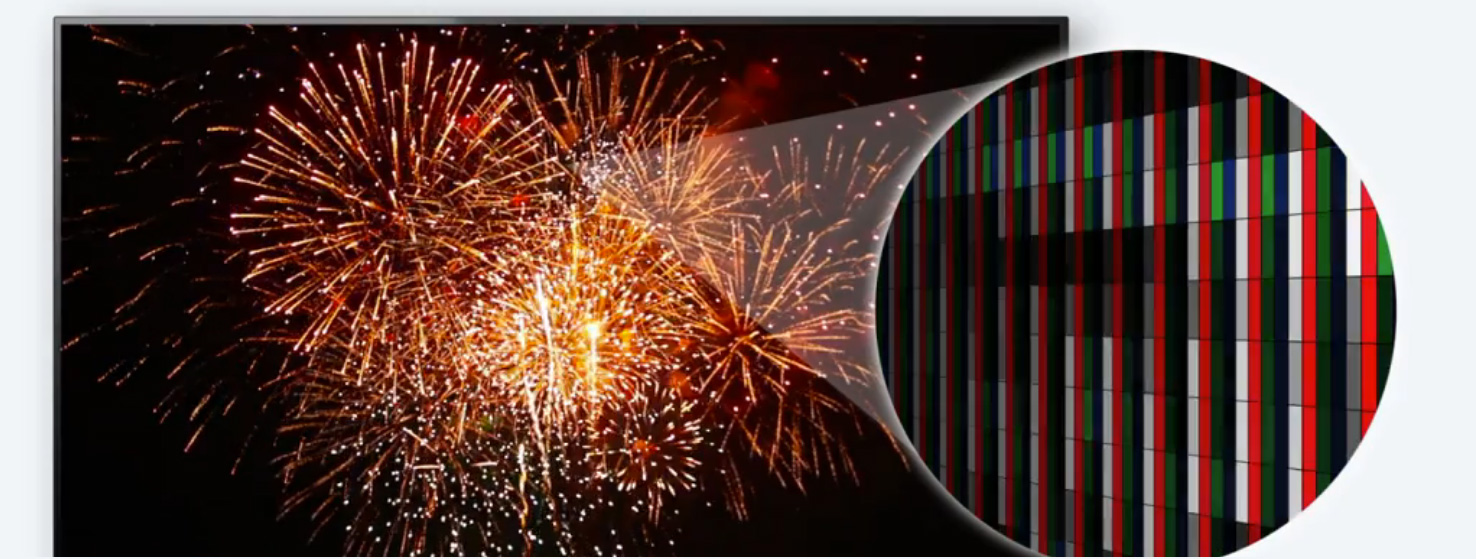
Which is sharper?
In technical terms, OLED is theoretically sharper because it can turn on or off each individual pixel. With quantum-dot sets, because there's an afterglow and light leakage behind the LCD layer (caused by the separate backlight), it tends to blur the edges around bright objects.
Active or local dimming on LCD sets helps, but some light leaking still occurs. Consequently, we still commonly see halo effects around bright objects displayed on LCD sets from manufacturers ranging from Samsung to TCL.
Winner: OLED
Which delivers deeper blacks?
When it comes to crisp, clear details and accurate picture reproduction, a key element is the display's black levels. Deeper blacks allow for a sharper-looking picture and a more realistic viewing experience. And when it comes to black levels, there is no debate: OLEDs are the only sets that can deliver true black.
Quantum-dot LCDs – including Samsung's QLEDs – look grayish next to an OLED set. The backlighting system necessary to make LCD and quantum-dot LCD sets work means it is virtually impossible to completely eliminate light leakage. The result is a glowing grey called "elevated black," and depending upon the set, it can extend a centimeter or two around any bright object on the screen, or even cover the screen from corner to corner. The more premium the TV, the better the black levels, but it's a problem we see on even the best QLED sets.
Winner: OLED
Which is brighter?
Quantum-dot LCD sets, including Samsung's QLEDs, are brighter than OLEDs. They simply put out more light, making them more appropriate for sunny rooms where brightness counts.
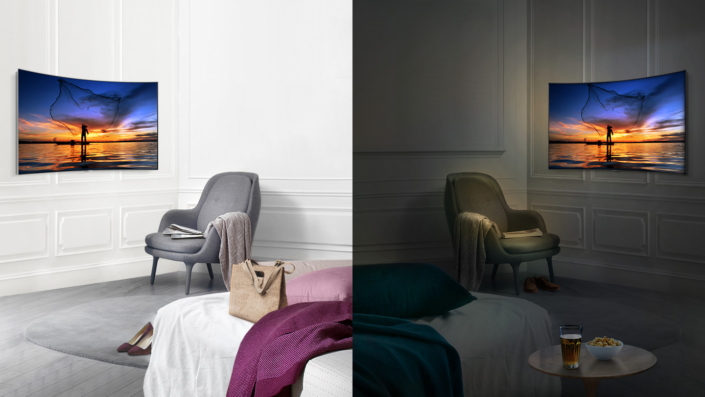
Compare, for example, our recent brightness test results from an LG C9 with 412 nits to our results from Samsung's Q90 with 1,896 nits. On the other hand, if you tend to watch movies in a dimly lit room, OLEDs can seem brighter because of their more pronounced contrast levels.
Winner: QLED
Which has better color?
Overall, a well-designed quantum-dot LCD or QLED TV can deliver a wider range of colors than an OLED set. They can also be more accurate, with more faithful reds, for example. But the gap between the two technologies is narrowing, with LG's technology division putting some serious R&D behind improvements to OLED color quality.
In recent tests, the LG C9 OLED earned a Delta-E color accuracy score of 1.8 compared with Samsung's Q90 quantum-dot TV, which had a score of 1.5 (lower is better). While the Samsung edged slightly ahead, both offer superb color accuracy.
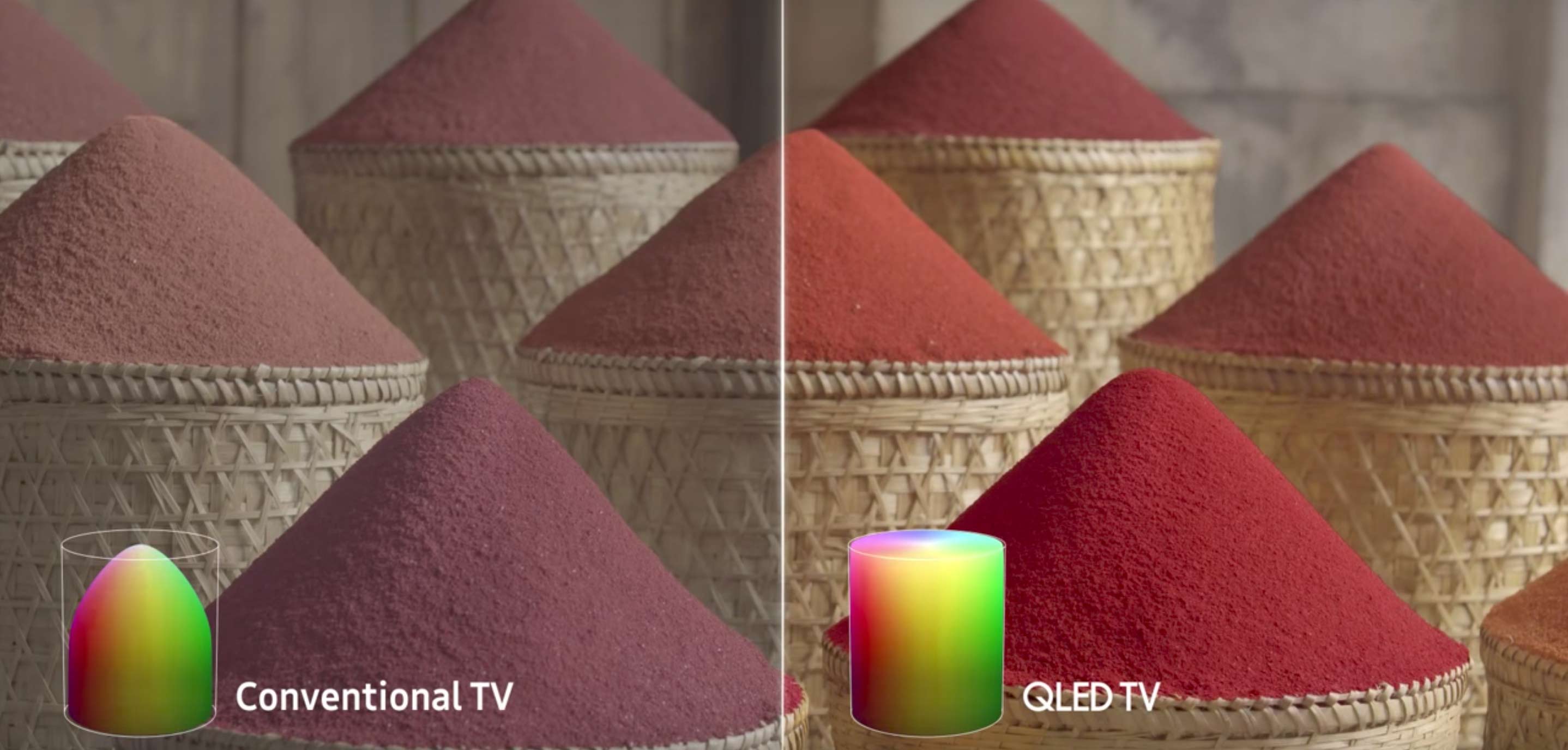
Nevertheless, how wide a color gamut or how many colors a display can reproduce still varies from set to set. Some OLEDs, such as Sony's Master Series A9F, can match or best quantum-dot sets in this regard. Recent Tom's Guide tests showed that the Sony OLED, for example, was able to produce 130.8 % of the Rec. 709 color spectrum, while Samsung's QLED reproduced 99.8% of the same color gamut.
Current video content may not reveal the differences, but as more HDR 4K programming becomes available, the nuances will be easier to see.
Winner: Tie
What about contrast?
While quantum-dot LCDs struggle with inky blacks, they tend to do better at eliciting the subtle changes between dark and light areas. Overall, top quantum-dot or QLED sets have a wider contrast range and can reveal some picture details OLEDs miss.
MORE: Your Guide to Cable TV Cord-Cutting
Conversely, it may look to one's eye that OLEDs deliver better contrast because of the striking differences between light and dark areas. However, OLEDs' contrast range is limited to a narrower-frequency range; as it approaches black, an OLED tends to cut off the light completely, eliminating some shadowy picture details in the process. The result is that dark grays and other near-black shades simply disappear into an undifferentiated, inky mass, an effect known as "crushed blacks."
Winner: QLED
What about viewing angles?
Most of us don't sit dead center in front of the TV. We're usually at one end of the couch or the other, which means we're looking at the set off-axis. When viewed off-center, LCD TVs such as Samsung's Q60 QLED sets tend to lose some of their luster; colors look washed out or even strangely skewed. On the other hand, OLEDs such as those from LG and now Sony do not suffer from such shortcomings (at least not nearly to the degree that LCDs do).
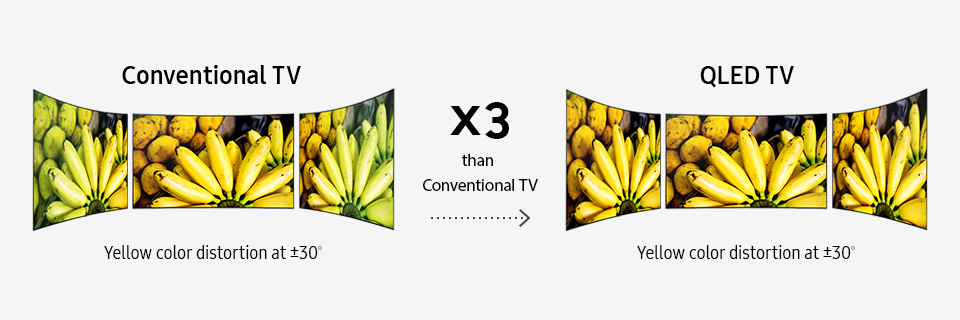
Samsung's QLED is definitely an improvement in terms of viewing angles over previous generations of quantum-dot sets and most LCDs. However, LG's OLEDs are still far superior in this regard, holding their images, colors and crispness even if you are sitting a little askew in your bean bag chair.
Winner: OLED
What about burn-in?
QLED sets come with the same advisories as OLEDs about burn-in and the dangers of letting a static picture sit on the screen for too long (just look in the owner's manual). Personal experience indicates that OLEDs seem slightly more susceptible to the problem, especially in the short term, where the ghost of a logo or other icon may appear to linger a minute or two longer on an OLED than on most LCD displays.
Winner: Tie
Overall Winner: OLED
So which is better, QLED or OLED? The differences between the two technologies get smaller every day, with QLED TVs getting better black levels and more precise backlight control, and OLED sets boosting the overall brightness and offering more accurate black levels. But put a QLED set side by side with an OLED TV, and you'll see the reality: quantum-dot-enhanced TVs can offer a great (and slightly more affordable) alternative to OLED, but if a pristine picture is what you want, OLED is the way to go.
Having said all that, our own Kate Kozuch reckons 2021 was the year QLED finally beat OLED; that's down to how Samsung's Neo QLED took on LG's OLED evo.
- Best Devices to Sling Your Phone or Tablet to a TV Screen
- How to Watch Live TV Online
- The best soundbars for small and big TVs
Sign up to get the BEST of Tom's Guide direct to your inbox.
Get instant access to breaking news, the hottest reviews, great deals and helpful tips.
John R. Quain has been reviewing and testing video and audio equipment for more than 20 years. For Tom's Guide, he has reviewed televisions, HDTV antennas, electric bikes, electric cars, as well as other outdoor equipment. He is currently a contributor to The New York Times and the CBS News television program.

